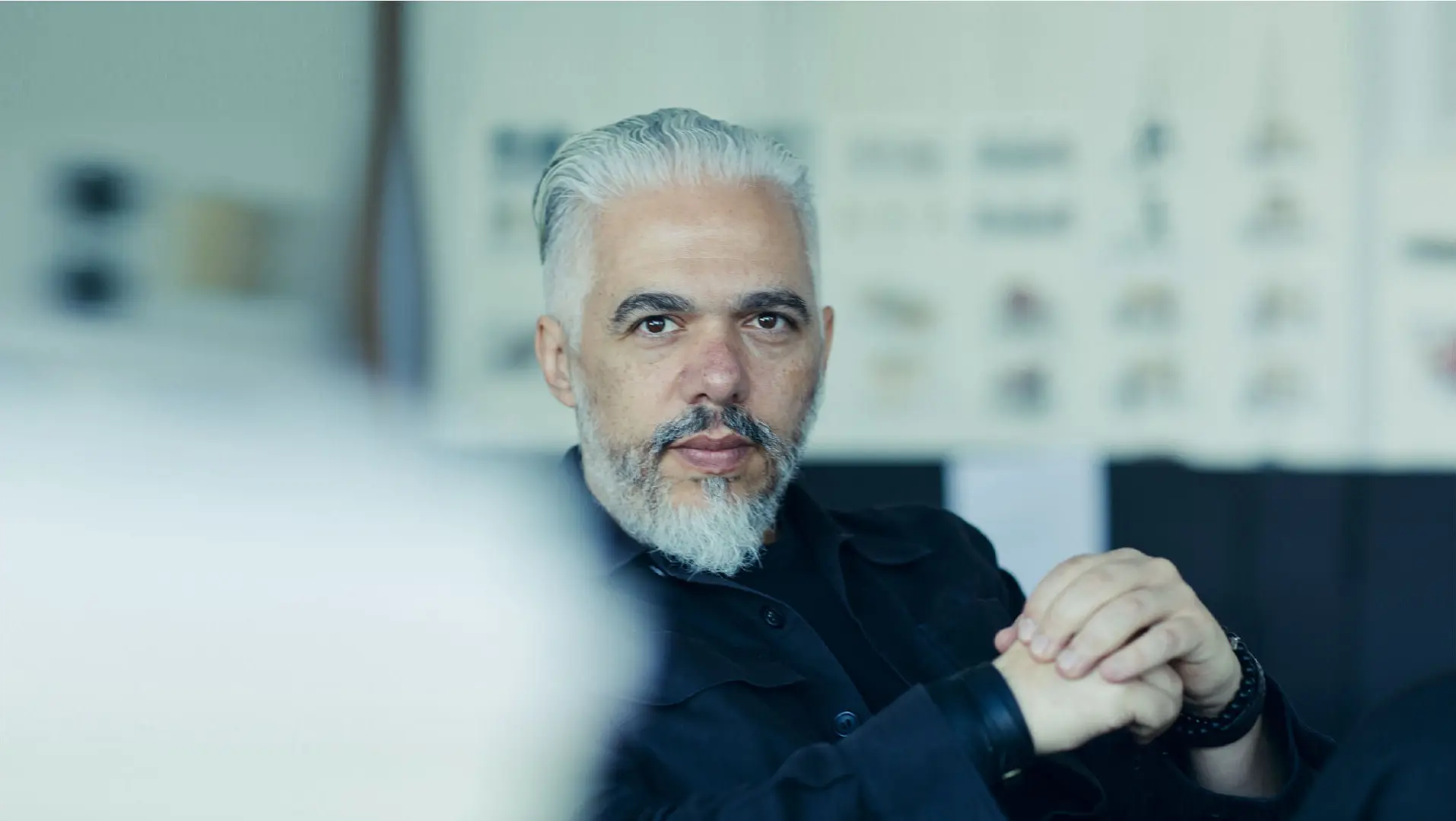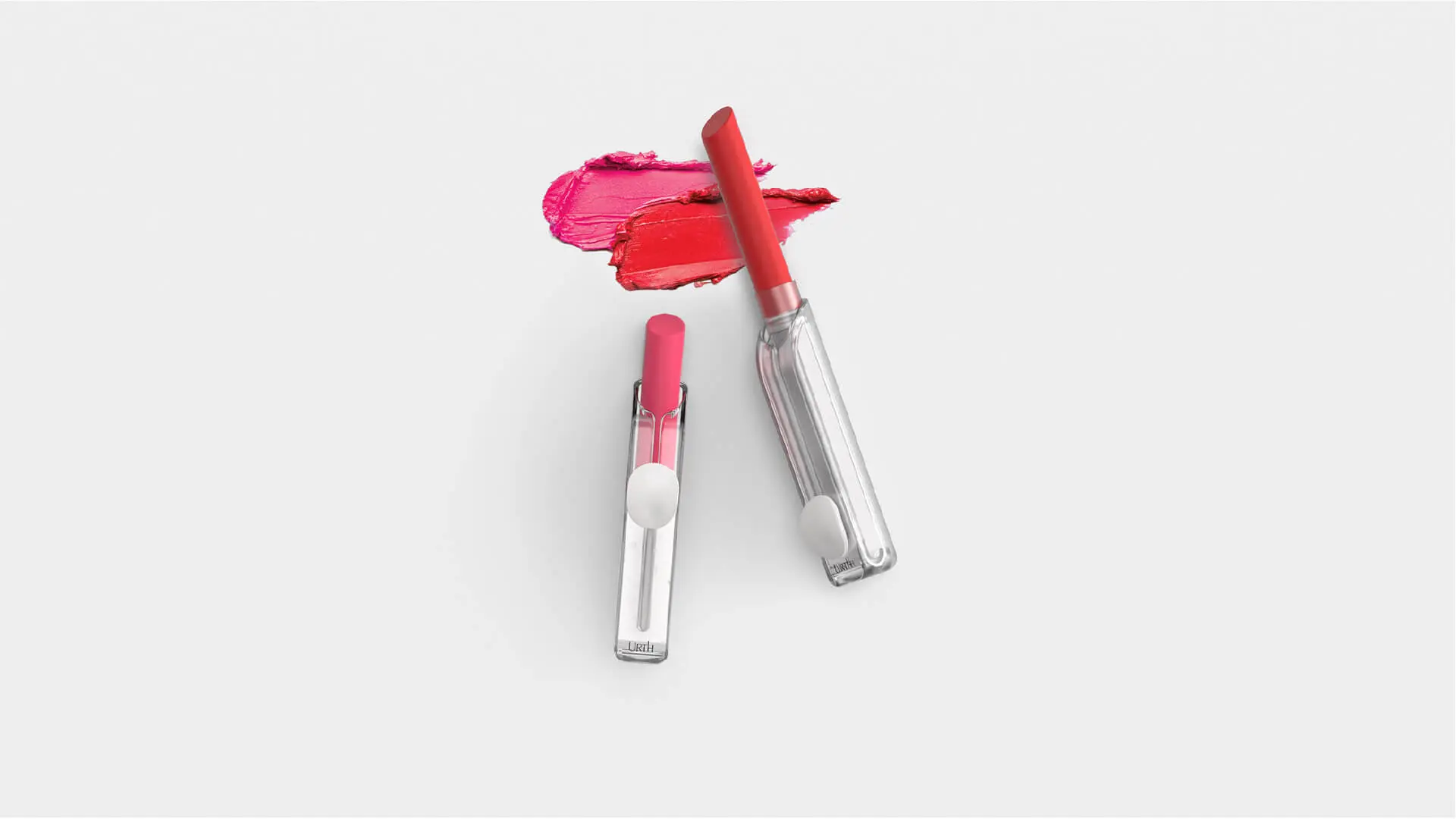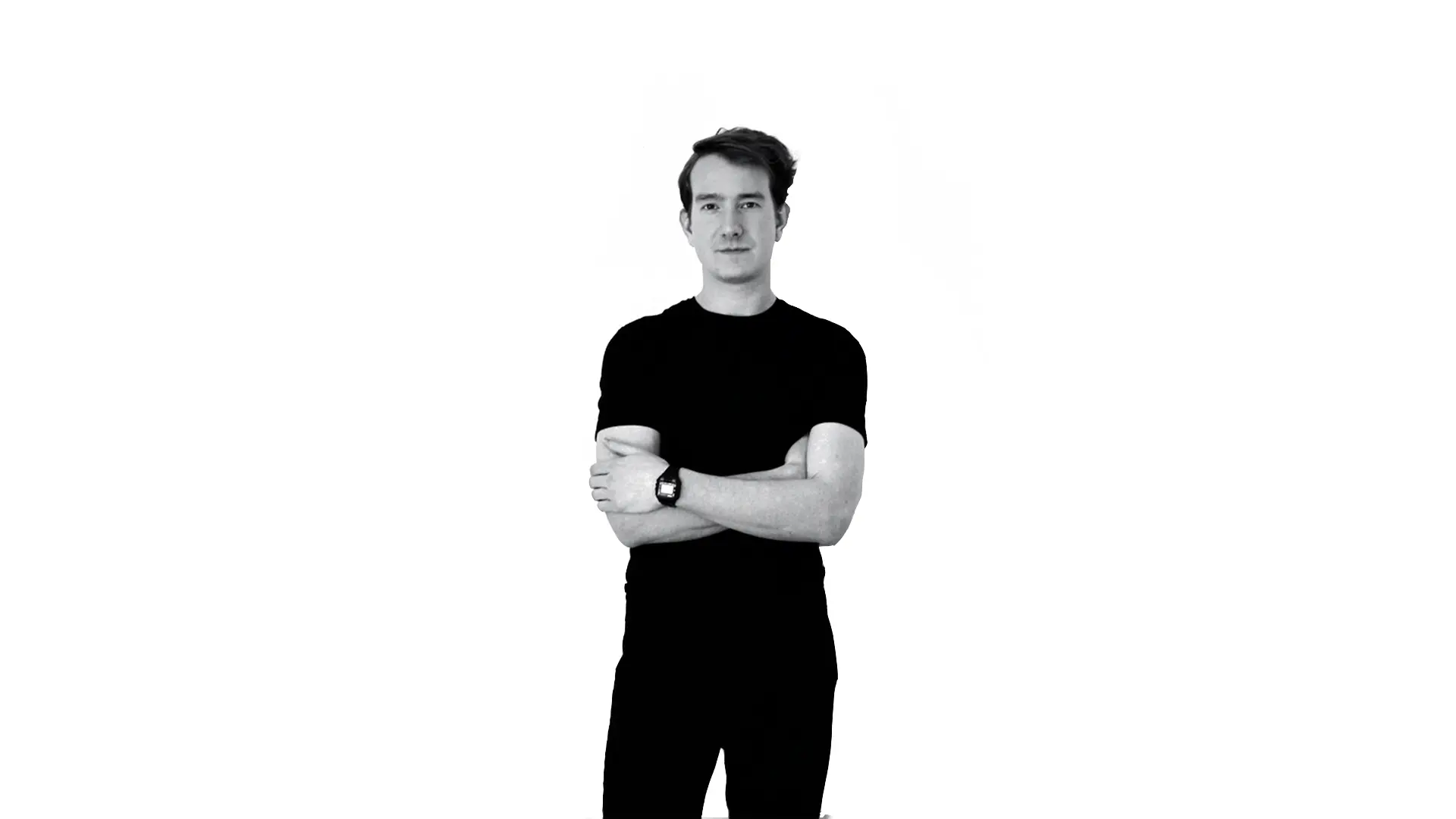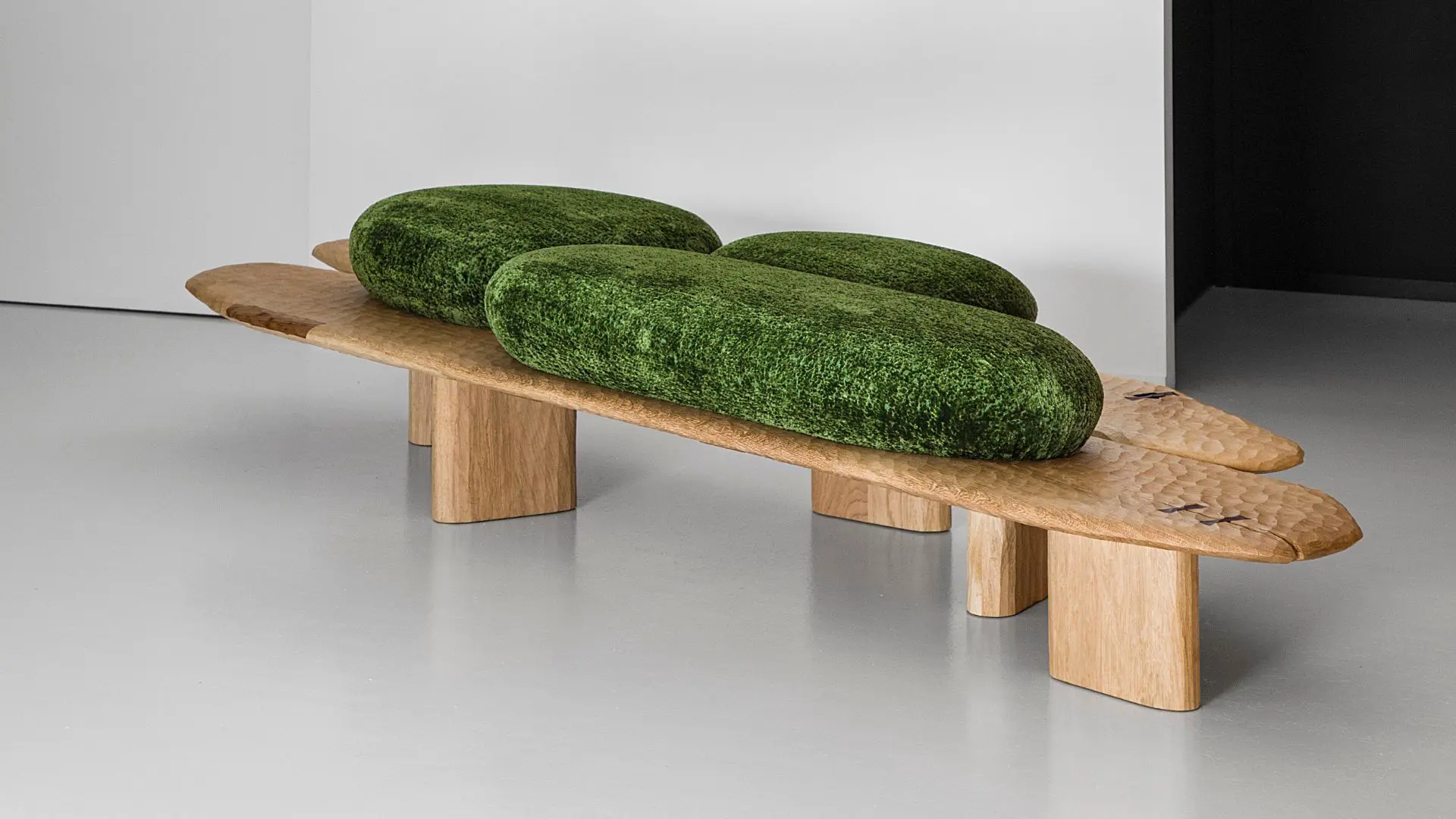His creations are a true celebration of creativity and material expression
With a variety of projects under his belt, Héctor Esrawe continues to develop breathtaking furniture pieces and creating incredible interior design solutions.

Nonconformist, explorer, innovator, creator, a true gallivanter of design; these are some of the words that can describe Héctor Esrawe. This Mexican designer of Lebanese descent, not only leaves us in awe every time he unveils a project but inspires us to think beyond the accustomed through his work.
From a young age, Esrawe had a magnetic curiosity for any process that was creative, his relentless pursuit to understand the relation of an object in space led him to study Industrial Design and since then, his incredible and prolific career started. The innovative nature of his designs and extraordinary ideas not only propelled the opening of his own design atelier, Esrawe Studio, but also granted him tremendous recognition and numerous awards for his true cross-disciplinary approach.
Not doing things by the book, a vehement exploration and a deep understanding are his mantras. With a variety of projects under his belt, Héctor Esrawe continues to develop breathtaking furniture pieces and creating incredible interior design solutions that prove why he is among the most prominent Mexican designers of the 21st century. His creations make us feel a profound fascination for design, they invite us to explore, to leave, even for a moment, our comfort and discover what else is out there in the world.

Who is Héctor Esrawe? How did your journey in design begin?
Héctor Esrawe:
“I was born and raised in Mexico, from a family of Lebanese migrants, since I was a kid I have been always attracted to understand how things work, how are they built and constructed, not having clear what to do with my life, I wanted to be a sculptor, an architect, study robotics or engineer, mostly what I was more attracted from is to understand the object in relation with space and eventually in the space itself, I realize that there was a profession that in a way integrates all of those aspects, and for sure it was design.
Before finishing school I started to work on a design studio called Ennis, Mercado Asociados, mostly oriented to develop stands and fairs. After a couple of years I started my own practice, a small design studio, in 2003 I started the firm Esrawe Studio mostly focused on furniture and interior design.”

Esrawe Studios is a cross-disciplinary design atelier, how did it all start?
Héctor Esrawe:
“Since the beginning, the idea was to create a multidisciplinary studio that will allow me to visit all the fields that I was attracted to, and irresistibly compel me to chase them, the studio started to integrate different disciplines and to collaborate with other studios of design and architecture, eventually expanding the collaboration to artists, museographers, etc. That became a common practice inside the studio and above it.”

You create truly incredible projects that showcase your unique point of view and a combination of hand-crafted objects, technology, and contemporary industrial processes. Can you walk us through your creative process from start to completion? How do you approach each project?
Héctor Esrawe:
“Each project begins with an understanding of the true needs and context of it, deep analysis and research that leads us to create a solid strategy, a path, an intention that eventually will become a concept. We build and create for each project a unique narrative, a unique language, we don’t believe in formulas and repetition, we don’t believe in having a style or walking over our previous steps.
We deeply believe our culture has an amazing heritage, narrative, and skills. We apply this heritage with rigor and respect, but always trying to translate it into new meanings, expressions, languages, and possibilities. Our core and essence is: looking back with pride but being focused on transformation, we don’t believe in design being white or black, it is between that greyscale where we feel more comfortable, where we can work on different typologies of projects, with crafts or technology, on luxury or social projects, as we are based on their essence.
We do not forget where we come from. Our approach is shaped by the skills that have nurtured us for generations. We look back to learn how things were created but having an eye on evolution and transformation. We firmly believe in collaboration as a continuous learning experience. I say constantly that as soon you remove the “ego” from the table the only thing that can happen is that you learn something.”

Esrawe Studio’s creations are based on the constant exploration of new process and the expression of materials, how do you choose such materials and how do you experiment with them?
Héctor Esrawe:
“For us, every element and every detail of a project has an important role. We believe that the whole is related to its parts. The relationship between the materials and the way they interact with each other, as well as how they are sourced or created, is what makes a project unique and beautiful. We always look to reach the most honest use and expression of the material, as they are essential to shaping the identity of the project.”
You recently presented your new collections, Shifting Parábola and Grids, at the ‘Recover/Uncover’ exhibition in Mexico City. These collections are a true testament to your unique approach to materials. Can you tell us how these collections came to be and the inspiration behind them?
Héctor Esrawe:
“Shifting Parábolas are part of the third iteration of the concept “Parábola”, designed in 2019 for Masa Galería exhibition “Collective/Collectible”. This first research evolved into two sculptural lamps called “Paralela & Catenaria”, presented in the same year at Chic by Accident Gallery.

Parábola is a reflection based on how the light travels through a solid surface, the beginning and the end, the darkness, the gloom to the dawn, on tension and flexion. The path of the light in each of the versions is conditioned by the metal, in its scale, in its surface and in its expression, also on its repetition, which conferees an architectonic quality to each one of them and that has always been attractive to me.”
Shifting Parábola is a collection of large-scale lighting sculptures that inhabit and are merged into the space in which they are contained, in a relationship where the size of the piece creates a unique dialogue with space intervened. Built from brass sheets shaped mostly by the weight and flexibility of the material and the tension generated by the position between the lighting fixtures and the wall/floor or ceiling. The resulting geometry is inhabited from within by light, creating a set of contrasts between the light contained inside and the space outside.
It was through a process rich in the exploration of forms, materials, dimensions that we determined the shape of each lamp. In each one, the light travels in a different way and we wanted to exalt this journey.

Grids is a series of architectural and sculptural structures in diverse formats and proportions, built from a continuous metal grid (brass or iron), in which each element offers the possibility to hold one or more candles.
As the wax melts, it fills the metal lattice forming an organic, random, and dramatic expression that builds up over time and accumulates into an ephemeral presence, creating a living changing piece that evolves and transforms.”
Which designers/architects are you inspired or influenced by? What other fields and inputs outside of the design world provide you inspiration?
Héctor Esrawe:
“Almost in every work trip that I do I try to link it to an experience, either is a museum or a concert or to spend time in nature, that is when I get the inspiration, for me to be inspired is about an everyday process at the office, to believe in the process, but those trips maintain my mind fresh and naturally inspired.
My country is also a major source of inspiration, everything inspires you here, we are a culture that has an incredible background full of history and traditions, many of them shape our everyday activities today, full of skilled and talented people in different disciplines, art, crafts, design, architecture, cuisine, it has a unique way to relate to problems and how to solve them, it is chaotic, it is subtle, it is colorful or it can be deep and mystical, I travel around the country on regular basis and it has never stopped to amaze me.”

What are the challenges or goals for Héctor Esrawe and Esrawe Studio in the near future?
Héctor Esrawe:
“Our main challenge now is for sure to understand the context ahead of us, I’m not only talking about the pandemic, we are mostly focused on how as a society we can reshape the way we relate with the world and with each other, there are pretty disturbing situations that not only require to be positive but naturally, they imply to take action: racism, global warming, etc. We have been working in all of our projects on how to integrate either a social or cultural elements that transform or touch its immediate context.
Regarding our projects we are working in a wide range of typologies, for example, an exhibition of Frida and Diego at a Museum in the USA for the end of this year, also creating a new collection of Collectible Design for 2021, new installations like Los Trompos or Mi Casa Your Casa, and growing the area of architecture, about to start our second house and a residential project in Tulum and León, besides others.”













